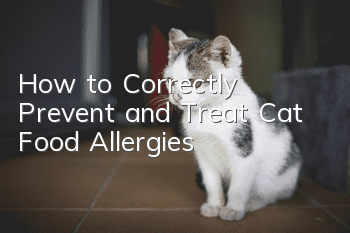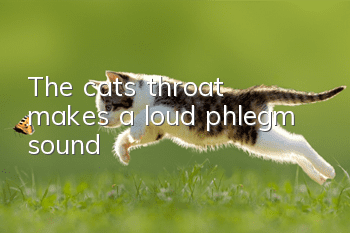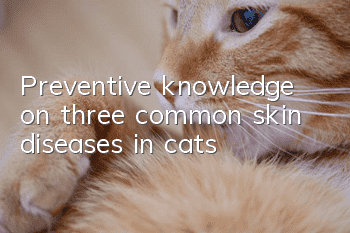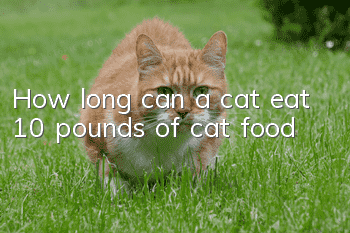How to Correctly Prevent and Treat Cat Food Allergies

Cause: The cat has ingested foods that can cause allergic reactions, such as milk, animal foods (meat, fish), and certain grains. Symptoms: Stomach type can show vomiting and diarrhea soon after ingestion, and the stool is watery and sometimes bloody; skin type can show dry skin, rough coat, papules on the skin, and local itching and rubbing of the eyes, nose, and face. Bleeding from skin lesions; digestive and skin symptoms, weight loss, and dehydration seen in mixed forms.
Diagnosis: In addition to the above symptoms, diet testing can also be used, that is, feeding the cat less irritating food (such as mutton or rice) and observing whether the allergic symptoms are relieved to eliminate the possibility of the disease caused by environmental factors. At the same time, Foods that cause the disease can also be identified.
Treatment:
1. Immediately stop feeding the food that causes allergies.
2. Take diphenhydramine or chlorpheniramine orally.
3. Take dexamethasone orally or intramuscularly.
Prevention: Cat owners should always observe the cat’s feeding and post-feeding conditions. If the cat is found to be allergic to a certain food, he should stop feeding that food in time and switch to other foods.
- Can a kitten that is over a month old be bathed?
- Little kitten has diarrhea
- What breed is the blue and white cat? Is your family purebred?
- Can cats be couriered? How to transport cats by air?
- How to improve cat’s immunity?
- Why do I suddenly become allergic to cats when I have always had cats? I was not allergic before.
- Cultivate cats to develop good eating habits, cat feeding!
- What are the symptoms of parvoma in cats? What are the manifestations?
- How to train American Shorthair? The correct way to train American Shorthair cats!
- Why doesn't the kitten like to meow?



